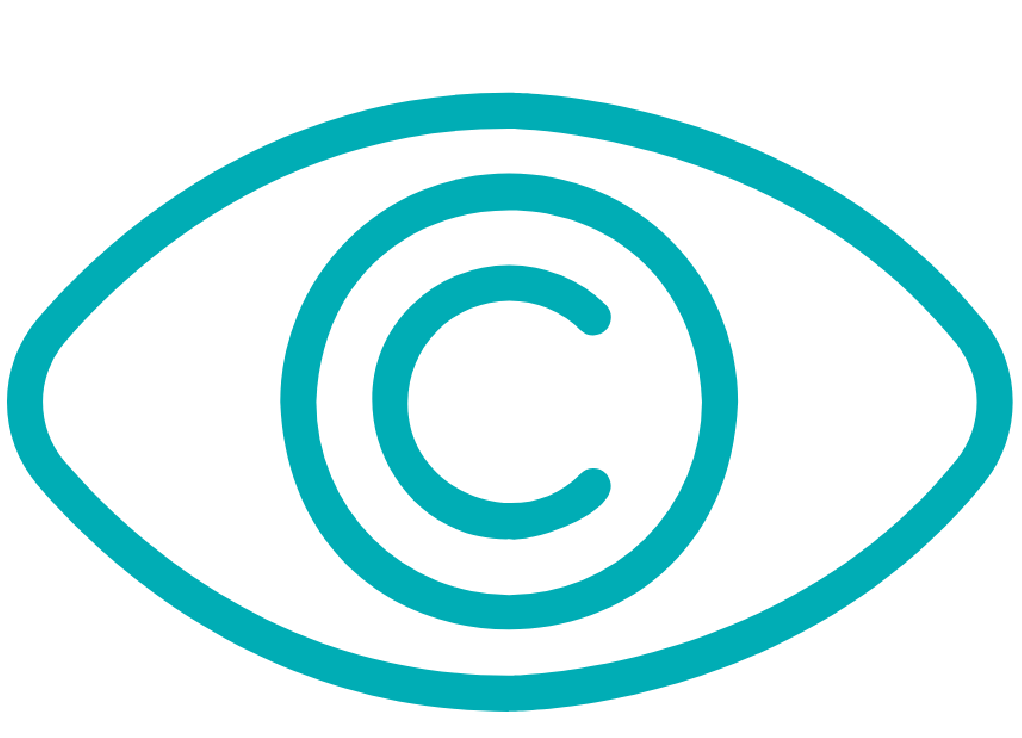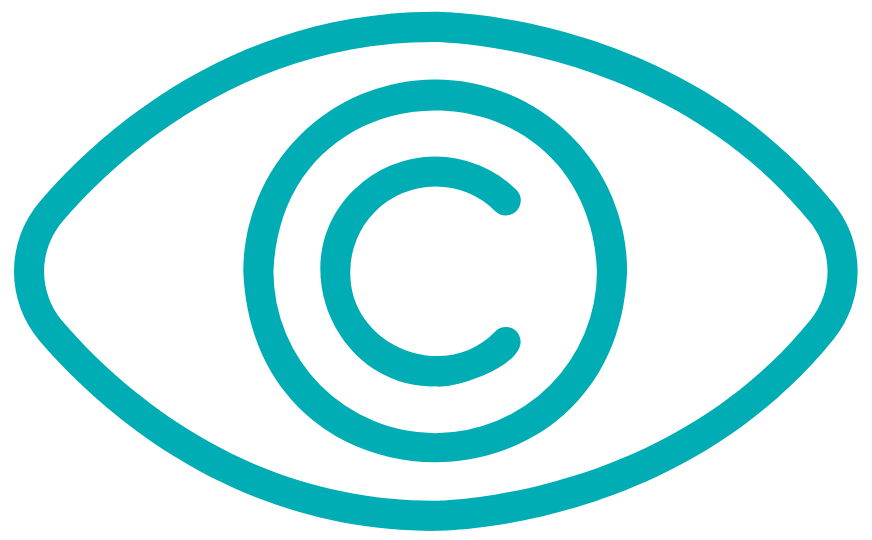Retinal Diagnostic Testing
Fluorescein angiography and indocyanine green (ICG) angiography are diagnostic procedures employing specialized cameras to capture images of the structures at the rear of the eye. These tests are valuable for detecting leakage or damage to the blood vessels supplying the retina, the light-sensitive tissue. During both procedures, a colored dye is injected into a vein in the patient's arm, traveling through the circulatory system to reach the retinal and deeper choroidal vessels.
Eye Angiography
When abnormalities like obscure vessels or leakage are detected, to prevent vision loss, laser treatment or pharmacological therapies may be recommended. These tests also help monitor the progress of diseases or their response to treatment. Although serious side effects are rare, there is a risk of allergic reactions to the dyes, especially with indocyanine green, which contains iodine. Most reactions are mild and can be managed with oral medications, but in rare cases, life-threatening allergic reactions may occur. Additionally, there might be discomfort or discoloration at the injection site, and the dye can temporarily affect urine color. Individual risks may vary for certain patient populations, and your physician will provide specific guidance.
Optical Coherence Tomography (OCT) is a diagnostic tool used to image and measure retinal thickness, aiding in the detection of retinal swelling or fluid accumulation. It offers valuable insights and is instrumental in monitoring treatment responses for various retinal conditions. OCT testing has become standard practice in assessing and treating retinal issues, as it is non-invasive and does not involve radiation.
Ultrasound is another diagnostic test that uses sound waves to evaluate ocular and retinal conditions, particularly when the retina cannot be clearly viewed due to obstructions like cataracts or vitreous hemorrhage. It is a straightforward, painless procedure without any radiation exposure.




